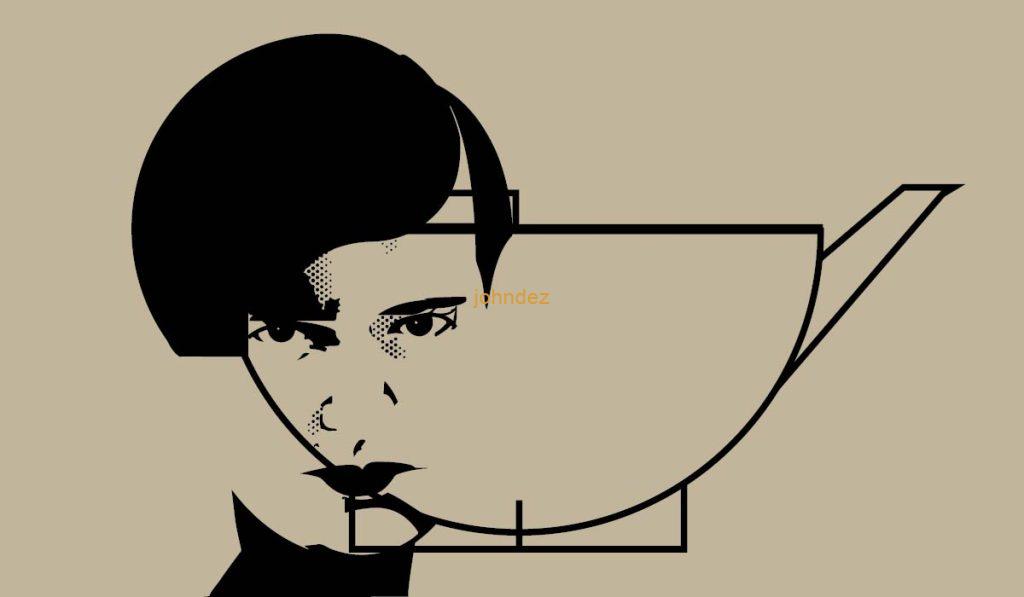The Bauhaus reshaped industrial design, emphasizing functionality and simplicity. Iconic products like the Wassily Chair and the Bauhaus Lamp were born from this ethos. The school’s approach to design as an integration of art and industry influenced the production of consumer goods worldwide.
Redefining Industrial Design
The Bauhaus School’s approach fundamentally shifted the paradigm of industrial design in the early 20th century. By emphasizing functionality and simplicity, it challenged the prevailing ornate and elaborate styles. The Bauhaus philosophy posited that good design should be accessible to everyone, and this democratization of design was a radical departure from the exclusivity of design prevalent at the time.
The Birth of Iconic Designs
The Bauhaus’s emphasis on functionality led to the creation of some of the most iconic designs in industrial history. The Wassily Chair, designed by Marcel Breuer, is a prime example. Its innovative use of tubular steel and its sleek, minimalist aesthetic exemplified the Bauhaus ethos of form following function. Similarly, the Bauhaus Lamp, designed by Wilhelm Wagenfeld, showcased the Bauhaus commitment to simple, geometric forms and practical functionality. These designs were not just aesthetically revolutionary; they were also technologically innovative, utilizing new materials and production methods.
Influence on Consumer Goods
The influence of the Bauhaus extended far beyond its own products. The school’s approach to design as an integration of art and industry had a profound impact on the production of consumer goods worldwide. The principles of the Bauhaus – clean lines, geometric forms, and a lack of unnecessary ornamentation – became hallmarks of modern industrial design. This shift can be seen in everything from furniture and household appliances to cars and electronics.
Legacy in Modern Design
The Bauhaus’s impact on industrial design is still evident today. Many contemporary designs, from Apple products to IKEA furniture, owe a debt to the Bauhaus principles of simplicity, functionality, and the use of new materials and technologies. The school’s legacy lives on in the sleek, user-friendly design that characterizes so much of modern consumer goods.
Educational Influence
The Bauhaus also left a lasting impact on design education. Its multidisciplinary approach, combining theory with practical workshop training, has become a model for design schools worldwide. This educational legacy ensures that the Bauhaus philosophy continues to influence new generations of designers.
The Bauhaus’s impact on industrial design was both profound and far-reaching. It redefined the principles of good design and influenced the production of a wide range of consumer goods, leaving a legacy that continues to shape the design world today.
Dive Deeper…
Exploring the Legacy of the Bauhaus School of Design
Bauhaus Design Philosophy: Bridging Function and Aesthetics
Key Figures of the Bauhaus: Pioneers of Modern Design
The Bauhaus and Its Revolutionary Impact on Industrial Design
The Bauhaus Influence in Art and Architecture: A Legacy of Minimalism and Functionality
Bauhaus Legacy and Modern Interpretations: Timeless Influence in Design
The Timeless Chairs of the Bauhaus Movement and Beyond
Whimsical Chronicles of Gin & Brain... The Bauhaus gave us lamps that looked like they could tune radios and chairs that could double as abstract art. Gin, why stick to the plain when you can go plain nuts?" "Because, Brain, if your furniture doesn't make you question reality, is it even trying? Mrs. Cunk reckons even your cat should ponder its existence on a Bauhaus-inspired cat tree.
